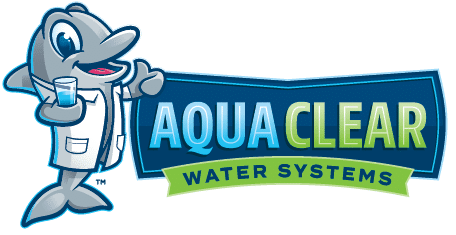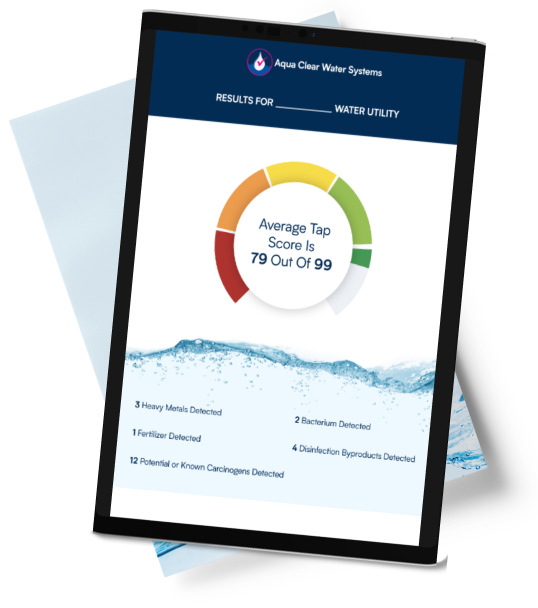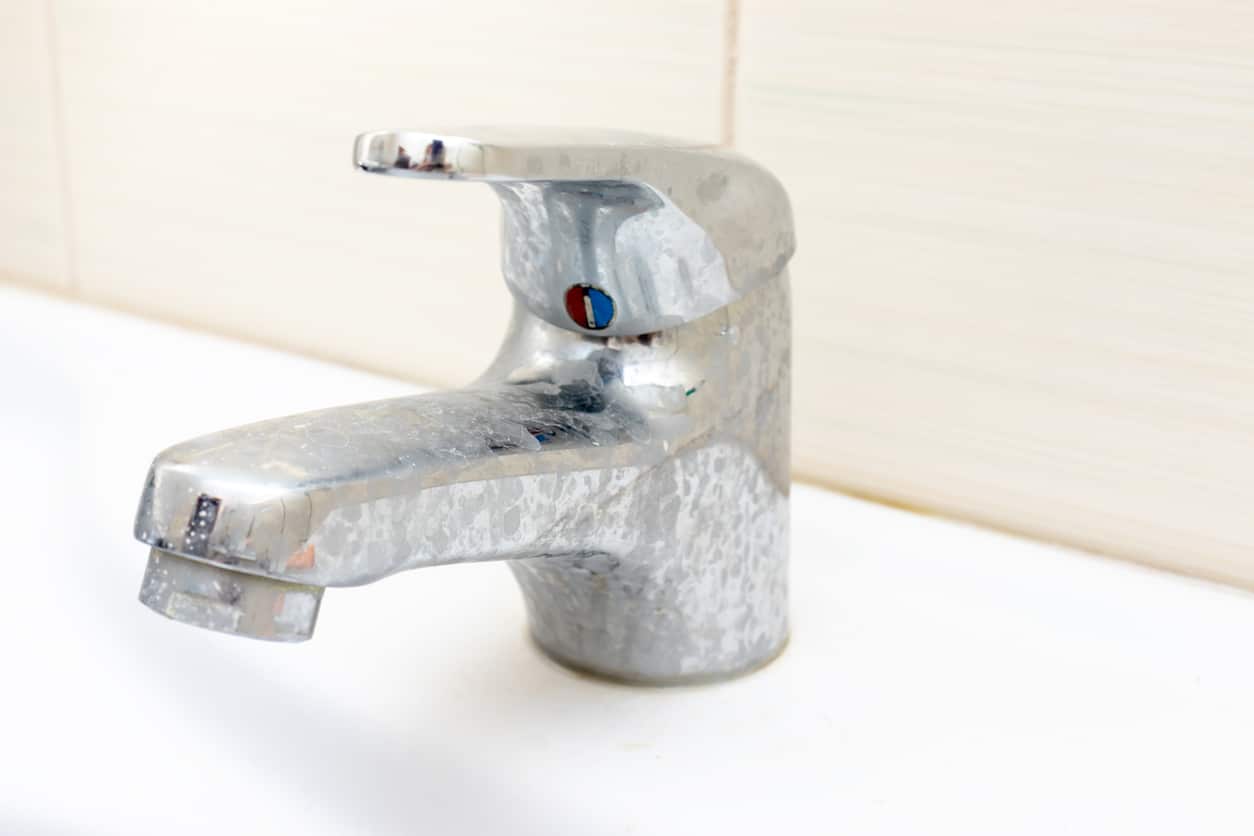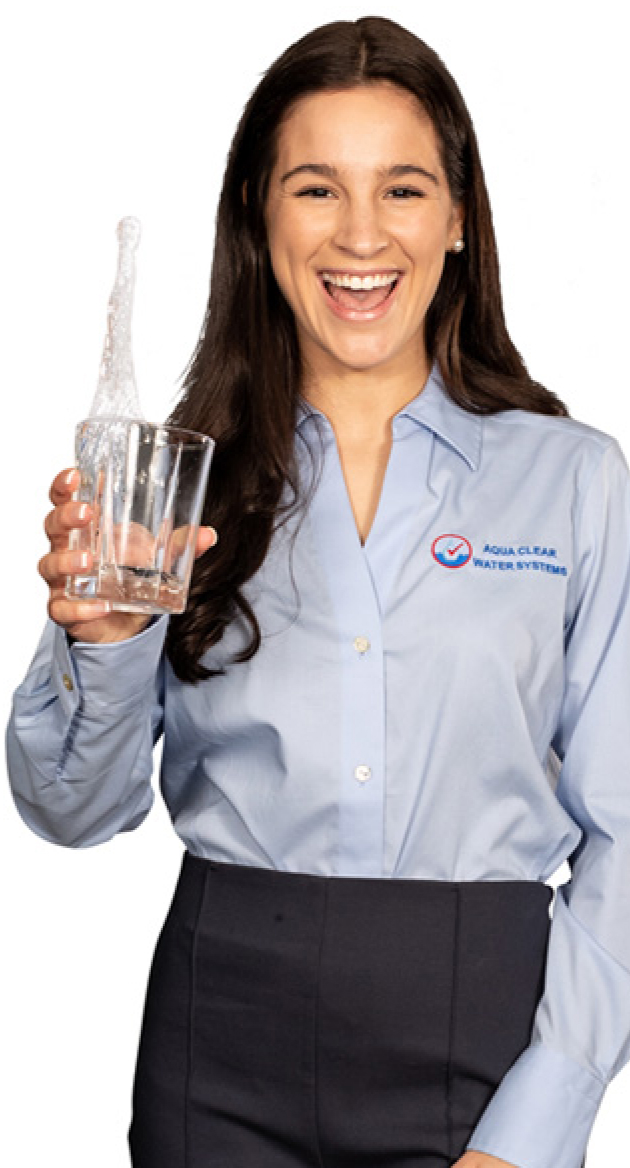With a whole home filtration system, you can trust that the water accessed by your appliances and, more importantly, your family, is as clean and safe as possible.
But why is such a system necessary? Surely in the 21st century, our drinking water is clean enough, right?
Well, all water sources are not created equal, and the only way to ensure peak cleanliness is to install a whole home water filter to remove the maximum amount of impurities and contamination. In this article, we will answer the most crucial question: what does a whole home water filter actually remove?
Municipal Water and Private Wells
For 90% of United States citizens, the water that flows into their home comes from a municipal water source and is therefore regulated by the Environmental Protection Agency (EPA). Municipal water sources are routinely tested to ensure contaminants remain under mandated limits.
However, there are groups such as the Environmental Working Group (EWG) who argue that the limits imposed by the EPA are not stringent enough to fully protect public health.
Private wells are unregulated water sources, and it is this lack of regulation that puts them at risk of contamination from agricultural runoff, failed septic tanks, industrial pollution, and landfill site runoff.
Homeowners whose water supply is from a private well are responsible for their own water quality and should ensure that their water is tested yearly, at a minimum, by a certified laboratory. These homeowners especially should consider a whole home water filtration system to protect their drinking water quality.
Physical Contamination
The first step for any water filter is to remove any dirt, sand, or sediment that may have built up in the water. Larger particles may damage the more delicate filters that are needed for more complex filtration, so no matter what filtration method you choose, it should begin with filters for physical contaminants.
It is the simplest step in filtering your drinking water: the water passes through a medium such as filtration sand or a polyester mesh, and any large particles are held back, unable to pass through to the next stage of treatment.
While municipal water is unlikely to contain physical contamination at the point of leaving the treatment plant, there’s no saying what might slip into the water course while it travels hundreds of miles of pipelines to reach your home.
And municipal water cleanliness assurances cannot be made of water from a private well supply that isn’t subject to the same treatment processes. A whole home water filter will protect you from physical contaminants and keep your water safe.
Disinfectant Contamination
The disinfection of drinking water is vital for the protection of public health. Before this practice was widespread, waterborne diseases killed Americans in large numbers daily. This is no longer the case as we have strict policies for the treatment of water with either chlorine, chloramine, or chlorine dioxide.
While these sound like harsh chemicals to be adding to something we drink, by the time water leaves the municipal cleaning plant, the level of disinfectant should have reduced to an EPA-set level, typically around 4mg per liter (or 4ppm – parts per million). This is not always the case, however, and even when it is, many consumers dislike the flavor and odor their chlorinated water is left with.
Carbon-based whole home water filters can effectively remove chlorine-based disinfectants from your drinking water by catching the chlorine molecules in the tiny pores of the filters. This drastically reduces the bad taste of chlorinated water as well as reducing any lingering odors. It can also reduce skin irritation and, in the case of removing chloramine, it can reduce risk to aquatic life too.
Disinfectant Byproduct (DBP) Contamination
It is essential to disinfect our drinking water to maintain the low levels of waterborne diseases such as cholera and typhoid fever that we see in the United States today. However, there are some concerns around the use of chlorine and chlorine-based disinfectants because of their tendency to react with any organic matter remaining in the water, forming disinfection byproducts (DBPs) that may pose significant risks to health.
The primary DBPs that people are concerned about (though there are others) are trihalomethanes and haloacetic acids. Both of these are linked to raised risk of certain cancers when consumed at elevated levels over a prolonged period and may have links to increased risks of birth defects if consumed by pregnant women.
Carbon filters are effective in removing DBPs from your drinking water, as are systems based on the process of reverse osmosis. In that process, water is forced through a semipermeable membrane, using the water pressure already present in the home water supply. Pure water passes through the membrane while particles of chlorine and its disinfection byproducts are trapped and safely drained away.
Chemical Contamination
The chemical contamination of drinking water is more common than you would expect, given we live in an era of information and scientific discovery where the consequences of exposure to dangerous chemicals are well known.
The Environmental Protection Agency regulates the level of 90 chemical contaminants to ensure that maximum acceptable levels are not reached or breached. This does not mean that those chemicals are not present at all, merely that if they are, it will be at low levels deemed safe by the EPA.
Millions of Americans are exposed daily, with major concerns around the presence of such chemicals as arsenic and lead, even cyanide and asbestos. There are increasing concerns over so-called “forever chemicals.” Per- and polyfluoroalkyl substances (PFAS) are known as this due to their inability to break down over time, even within the human body.
Prolonged exposure to chemical contamination can cause a range of serious health problems including some cancers, thyroid disease, decreased immune function, and reproductive or developmental issues.
Advanced home water filters, including those using reverse osmosis, are proven to reduce chemical contamination in your drinking water, including reducing the presence of PFAS.







